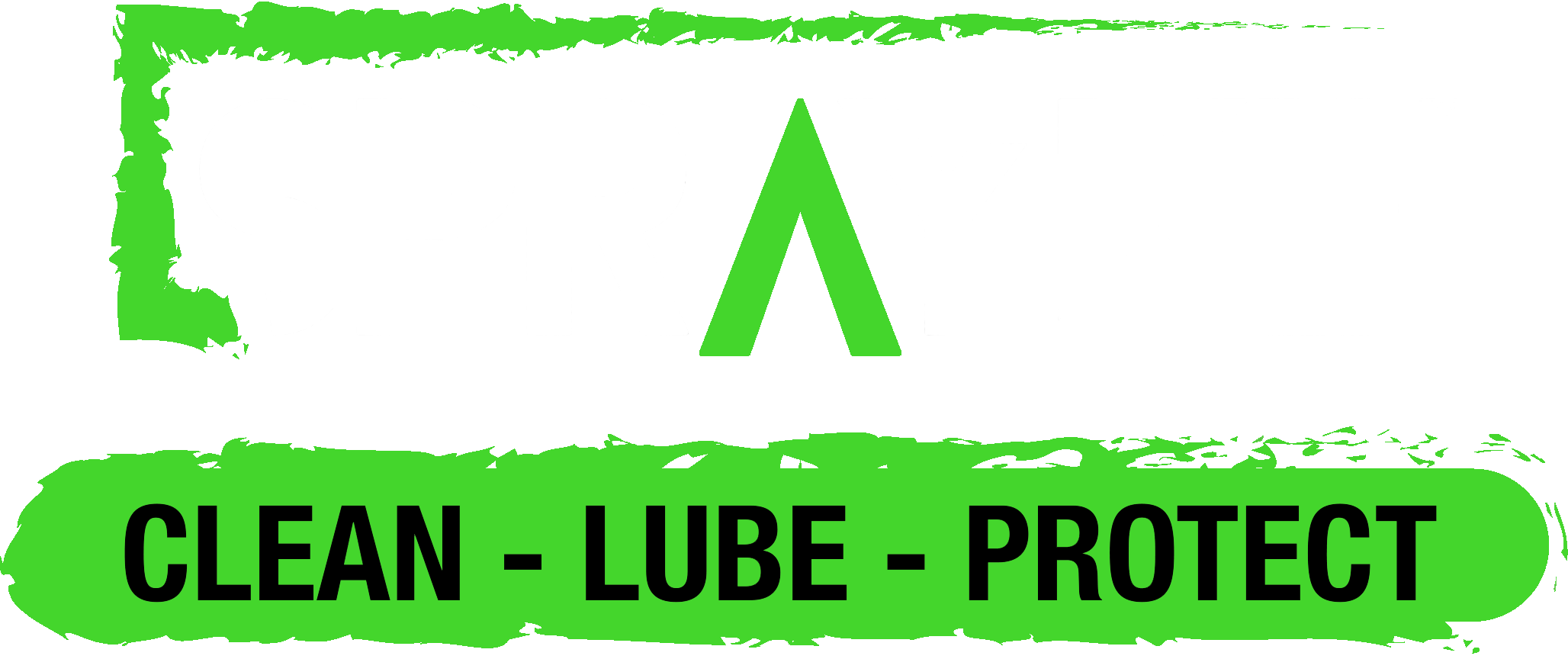SPD (Shimano Pedaling Dynamics) cleats are one of the most important elements for users of quick release pedals, both for road and mountain biking. There are different variants of SPD cleats, designed to offer an optimal combination of performance, comfort and safety. In this article, we will look at the main differences between the various SPD cleats and explain which ones to choose according to your needs.
1. What are SPD cleats?
SPD cleats are the mechanism that allows the shoe to be attached to the pedal, improving pedalling efficiency, as they allow more power to be transferred to the bike in both the push and pull phases. Cleats attach under the sole of specific shoes and attach to the pedals with a quick release.
The two main categories of SPD cleats are:
- SPD (MTB and trekking): designed primarily for mountain biking, cyclocross and trekking cycling. These cleats are smaller and more compact.
- SPD-SL (road): designed for road cycling, these cleats are wider and provide better pressure distribution and a wider contact area.
2. SPD cleats for MTB (models and differences)
SPD cleats for mountain biking and trekking are designed for versatility, ease of release, and the ability to walk easily when off the bike. Shimano offers several variants:
- SPD SH-51 cleats (one-way release): these are the most common model for MTB riders. They offer a secure fit and only allow release with an outward rotation of the heel. They are ideal for experienced cyclists who prefer to have more control over the engagement and disengagement of the foot.
- SPD SH-56 cleats (multi-directional release): they allow release not only by rotating the heel outwards, but also by pulling the foot upwards or rotating it in other directions. This makes them easier to release and therefore ideal for beginners or those who want more security, especially in technical or difficult situations.
When to choose one over the other?
- SH-51 is perfect for those seeking safety and control during intense pedalling or on rough terrain.
- SH-56 is more suitable for those who are starting to use SPD pedals or for those who want greater freedom of movement, reducing the risk of not being able to disengage in time in critical situations.
3. SPD-SL cleats for road bikes
SPD-SL cleats are designed for road cyclists and differ from classic SPD cleats for MTBs in both form and function. Being wider, they offer a large contact surface between the shoe and the pedal, increasing stability and improving power transmission. Shimano produces three main versions of SPD-SL cleats, differentiated by their “float ’ (angular clearance), i.e. the freedom of lateral movement that the foot has once engaged with the pedal:
- Yellow SPD-SL cleats (6° angular clearance): these are the most popular and versatile model. They offer 6 degrees of angular clearance, which allows the foot to move slightly sideways, reducing stress on the knees. They are ideal for those seeking a compromise between efficiency and comfort.
- SPD-SL Blue cleats (2° angular clearance): provide greater rigidity with angular clearance limited to 2 degrees. They are recommended for more experienced cyclists who seek higher performance but still want a minimum of freedom of movement to reduce pressure on the joints.
- Red SPD-SL cleats (0° angular clearance): they do not allow any angular clearance, keeping the foot fixed in the position in which it was engaged. This ensures maximum power transfer, but can put more pressure on the joints, so they are only recommended for experienced cyclists with optimal biomechanics.
When to choose one over the other?
- Yellow SPD-SLs are the best choice for most road cyclists, offering a good balance between comfort and performance.
- Blue SPD-SLs are suitable for those seeking a little more precision and reactivity in their pedalling.
- The Red SPD-SLs are for those who compete at high levels and need an extremely rigid, movement-free fit, where every watt of power is crucial.
